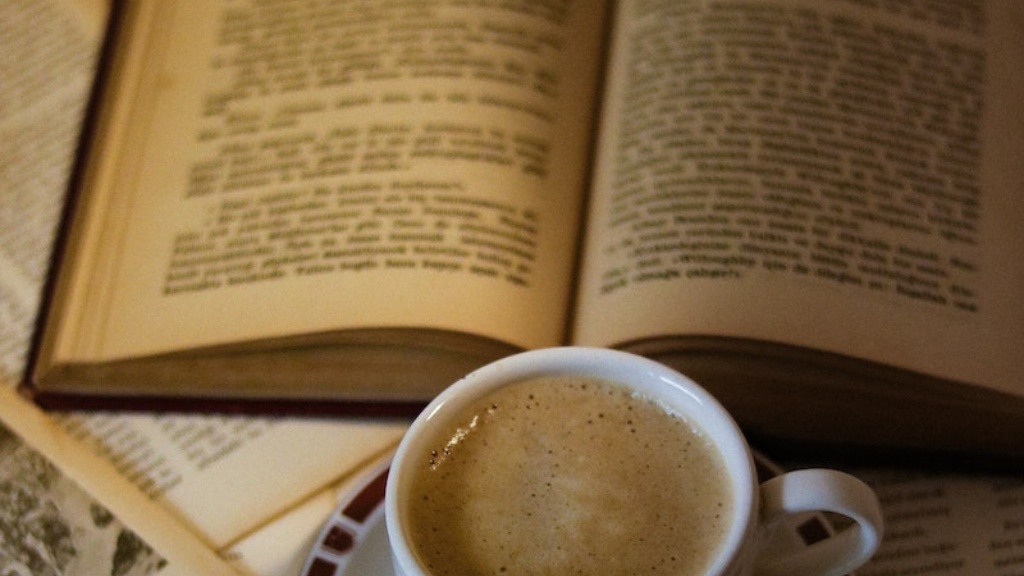Definition of Poetry in Motion
What is poetry in motion? That is a question that has been asked by people for centuries. One thing is certain, it is much more than simply reading or reciting a poem. Poetry in motion is an art form that uses the body and voice to physically communicate a poem in an expressive, musical style. It also includes the use of physical gestures, facial expressions, and props, such as musical instruments.
Poetry in motion is a great way to bring both a poem and a live performance together. It gives an audience the chance to both see and feel the emotion of the poem. It allows the audience to experience a poem in a way that is different from reading it on the page. This makes for a powerful connection between the audience and the performer.
Poetry in motion has been around for hundreds of years, with its traces in cultures as far back as ancient Greece. For example, in Ancient Athens, the sophists were renowned teachers who used narratives and rhyme to teach lessons to their students. The use of spoken word to teach lessons can also be seen in the teachings of eastern religions, with many spiritual and religious teachings being communicated through story-telling, chants and songs.
Today, there has been a rise in the popularity of poetry in motion and it can be seen on stages across the world. It is used by performers to share their own stories, as well as to interpret and perform the works of classic and contemporary poets. Poets and performers alike use poetry in motion to express their unique perspectives and to reach new audiences.
By employing physical expression, such as rhythm, movement, and gesture, a performer can bring a poem to life in a way that transcends the simple reading of words on the page. Through the use of body language, music, emotion, and timing, a performer can create a powerful experience for their audience.
Wordplay and Imagery
Poems can often be written in a very lyrical and musical way. The use of wordplay, metaphor, and imagery can convey powerful messages. The use of poetry in motion gives the performer the opportunity to present the poem with all of these different elements, bringing it to life in a way that is both entertaining and educational. The performer’s body, voice, and props can bring a poem to life by highlighting its particular nuances and meanings.
Wordplay and imagery can be used to great effect in poetry in motion performances. Through the use of gestures, inflections, and expressions, the performer can bring out the musicality and imagery of a poem, making it easier for audiences to understand and appreciate the poem’s message. Performing a poem in this way helps to create an emotional connection between the audience and the performer, allowing them to experience the poem in a unique way.
In addition to wordplay and imagery, poetry in motion can also be used to create an atmosphere of mystery and suspense. Through the use of suspenseful pauses, the performer can create an intense atmosphere that adds a new layer of meaning to the poem. This can be done to great effect when performing the works of classic poets, such as those from the Romantic era.
Performance in a Variety of Settings
Poetry in motion is a great way to share poetry in a variety of settings, such as schools, theaters, and festivals. It can be used to bring poems to life in a new and engaging way, reaching a larger audience than simply reading or reciting the poem. This can be done in a variety of ways, including stand-up comedy routines involving poems, as well as original performances which combine elements of poetry and theater.
In addition to being used in traditional settings, poetry in motion can be used in more contemporary venues such as nightclubs, runways, internet videos, and social media. By using digital media, performers can reach a global audience with their work, connecting with people all over the world. This can be a great way to promote and share poetry in a more accessible and innovative way.
Benefits of Poetry in Motion
Poetry in motion is a great way to engage audiences and to bring a new perspective to poems. Through the use of physical expression, performers can effectively communicate a poem’s message, creating an emotional and memorable experience for the audience.
It is also a great way to introduce people to the world of poetry and to spark an interest in literature. By performing a poem in an engaging way, it can make the poem more accessible and can spark a curiosity for the works of classic and contemporary poets.
In addition to its educational and performance benefits, poetry in motion can also be a great way to express oneself. Through movement, voice, and expression, a performer can explore their own emotions and thoughts, as well as the emotions and thoughts of the poem.
Conclusion
In conclusion, it can be seen that poetry in motion is a powerful way to convey a poem. Through physical expression, the performer can bring a poem to life in an engaging and effective way. It is also a great way to introduce people to the world of poetry and to spark a love of literature. It can also be used to explore one’s own emotions and thoughts, as well as the emotions and thoughts of the poem. Poetry in motion is a timeless art form that has been around for centuries, and has the power to reach new audiences and create powerful connections.



